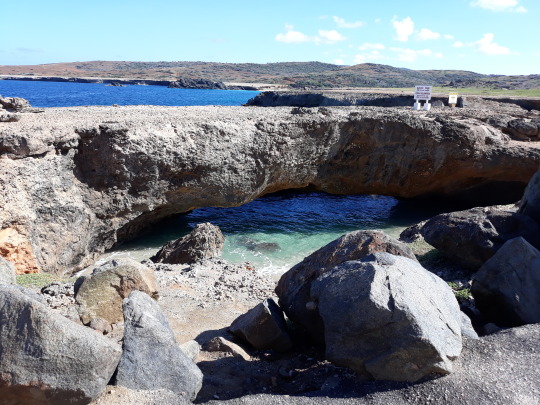#dutch caribbean
Text
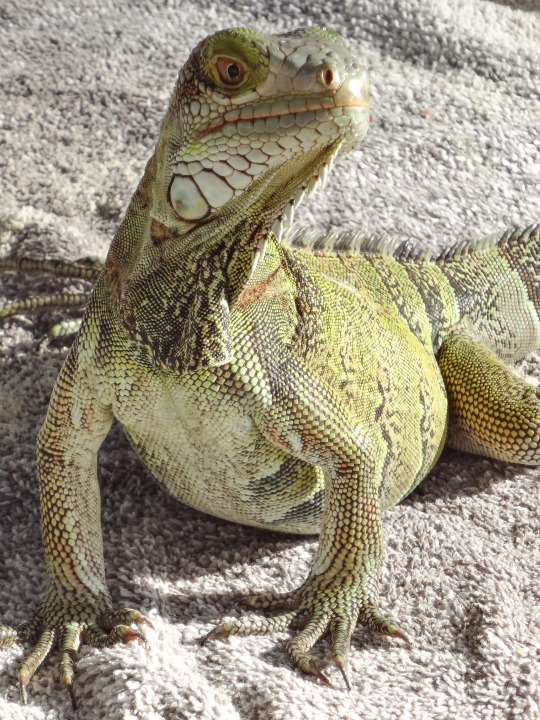
"Be who you are and say what you feel, because those who mind don't matter and those who matter don't mind."--Dr. Seuss
Photo: Orangestad, Aruba
#aruba#lizard#iguana#caribbean#confidence#caribbean islands#dutch caribbean#abc islands#reptiles#animals#nature#wildlife#tropical vacation#travel#tourism#adventure#explore#dr seuss#quotes#inspiration#children's literature#lit quotes#book quotes
7 notes
·
View notes
Text
BEFORE I FORGET AGAIN, GO FOLLOW MY UNCLE’S PODCAST ON YOUTUBE ‘JamSandiford’ WHERE HE TALKS ABOUT DUTCH CARIBBEAN ROLE MODELS (and don’t tell him I sent you, it’s a secret)
#Podcast#GO SUPPORT MY UNCLE#uh#Dutch Caribbean#Role models#Just go now#He wants to make it to 1k#Help him out please#He’s a sweetheart
4 notes
·
View notes
Text


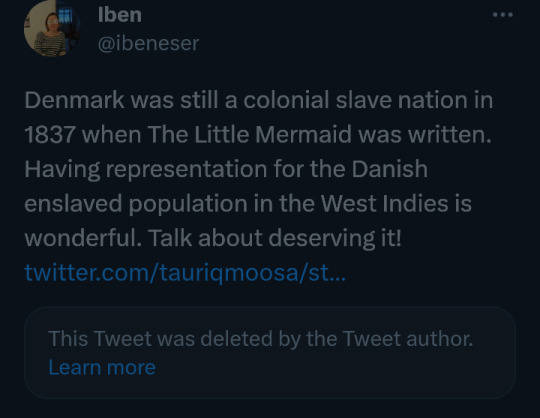




#tlm 2023#the little mermaid 2023#backlash#representation#french caribbean#dutch caribbean#black caribbean#afro caribbean#french colonialisn#dutch colonialism#tlm takes#pop culture#trinidad & tobago
5 notes
·
View notes
Text
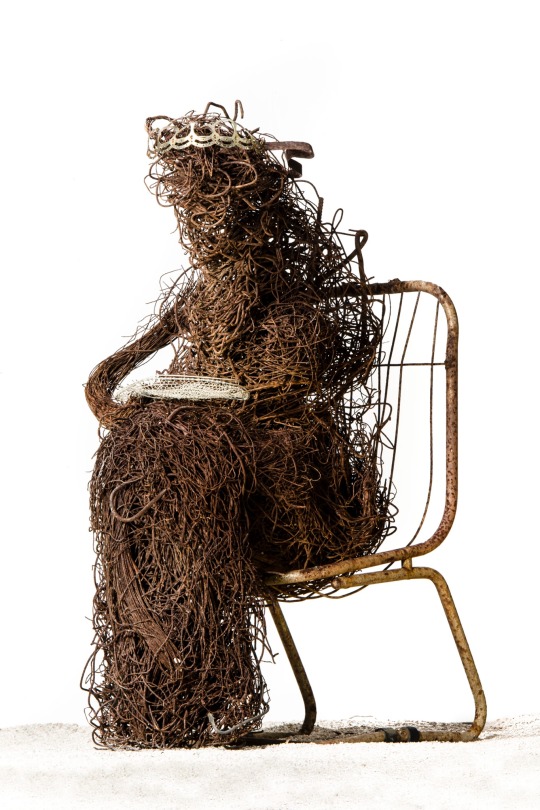
Yubi Kirindongo
« Adriana »
1990
#yubi kirindongo#curaçao#sculpture#kòrsou#art#arte#abc#dutch caribbean#caribbean#caribbean art#caribbean artist#antilles#caribeño#antiano#antillano#black art#black artist
8 notes
·
View notes
Text
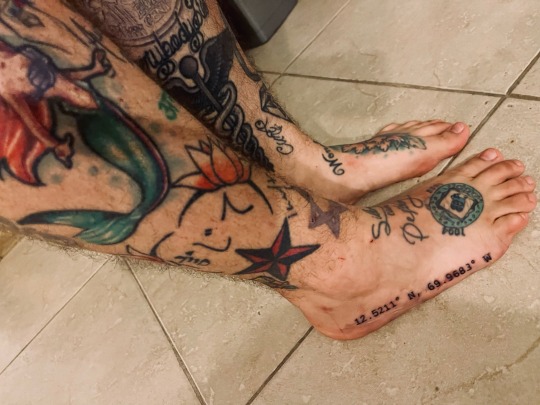

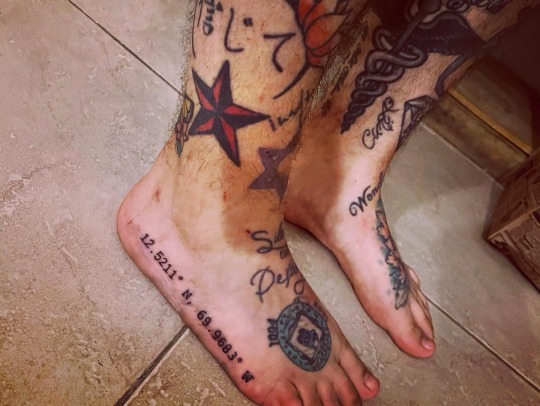
Love my new tattoo! Got the coordinates of Aruba on my right foot to mark an awesome adventure and first time trip there! 📸🇦🇼🖤 Done by Rache a talented artist from Black Sheep Body Art Oranjestad, Aruba.
#travel#tattoos#heavily tattooed#memories#adventure#arubatourism#aruba#dutch caribbean#goodvinesonly
0 notes
Text
Curaçao
"Caribbean island constituent country of the Netherlands"
Curaçao [...], is a Lesser Antilles island country in the southern Caribbean Sea and the Dutch Caribbean region, about 65 km (40 mi) north of the Venezuela coast
#forever queued#countries#curacao#curaçao#dutch caribbean#lesser antilles#human geography#geography#places
0 notes
Text
Rapper Jon Tarifa ta kolaborá ku kantante Darren Gardner den ‘When I was Younger’
Ku e kansion, ‘When I Was Younger,’ rapper Jon Tarifa, huntu ku kantante i eskritor Darren Gardner, ta ilustrá kon fasinante e mente di un mucha ta, unda nada ta strob’e pa perseverá i eksplora mundu. [Sigui lesa]
Darren Gardner performing
WILLEMSTAD – Ku e kansion, ‘When I Was Younger,’ rapper Jon Tarifa, huntu ku kantante i eskritor Darren Gardner, ta ilustrá kon fasinante e mente di un mucha ta, unda nada ta strob’e pa perseverá i eksplora mundu.
E impulso pa eksplora teritorio deskonosí a hiba Darren, ku originalmente ta di Port Elizabeth, Suráfrika, te na Hulanda, unda na 2016 ela muda pa forma su…
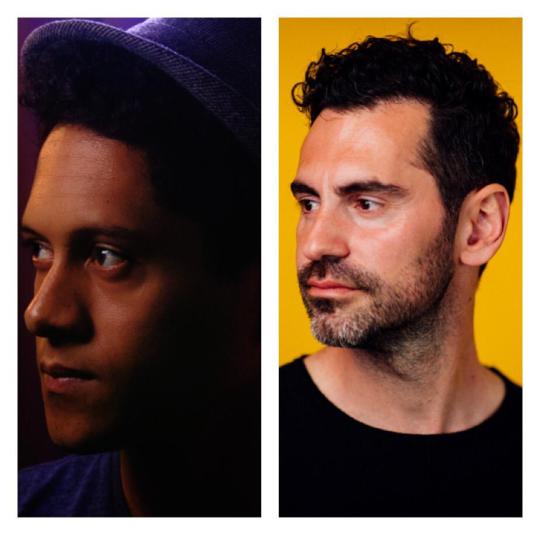
View On WordPress
#Albania#Aruba#Bonaire#Curacao#Darren Gardner#Dutch Caribbean#Jon Tarifa#Levi Silvanie#Music#Netherlands#South Africa#Stanley Clementina#the Netherlands#When I was Younger
0 notes
Photo
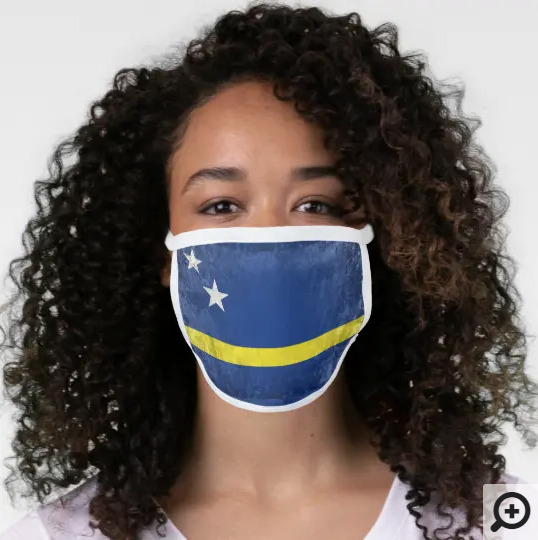
Happy National Anthem and Flag Day, Curacao!
#Curacao#Curaçao#Kòrsou#Caribbean#Caribbean Sea#Dutch Caribbean#Papiamento#Papiamentu#the Netherlands#flag#face mask#stay safe
0 notes
Text
[T]he Dutch Republic, like its successor the Kingdom of the Netherlands, [...] throughout the early modern period had an advanced maritime [trading, exports] and (financial) service [banking, insurance] sector. Moreover, Dutch involvement in Atlantic slavery stretched over two and a half centuries. [...] Carefully estimating the scope of all the activities involved in moving, processing and retailing the goods derived from the forced labour performed by the enslaved in the Atlantic world [...] [shows] more clearly in what ways the gains from slavery percolated through the Dutch economy. [...] [This web] connected them [...] to the enslaved in Suriname and other Dutch colonies, as well as in non-Dutch colonies such as Saint Domingue [Haiti], which was one of the main suppliers of slave-produced goods to the Dutch economy until the enslaved revolted in 1791 and brought an end to the trade. [...] A significant part of the eighteenth-century Dutch elite was actively engaged in financing, insuring, organising and enabling the slave system, and drew much wealth from it. [...] [A] staggering 19% (expressed in value) of the Dutch Republic's trade in 1770 consisted of Atlantic slave-produced goods such as sugar, coffee, or indigo [...].
---
One point that deserves considerable emphasis is that [this slave-based Dutch wealth] [...] did not just depend on the increasing output of the Dutch Atlantic slave colonies. By 1770, the Dutch imported over fl.8 million worth of sugar and coffee from French ports. [...] [T]hese [...] routes successfully linked the Dutch trade sector to the massive expansion of slavery in Saint Domingue [the French colony of Haiti], which continued until the early 1790s when the revolution of the enslaved on the French part of that island ended slavery.
Before that time, Dutch sugar mills processed tens of millions of pounds of sugar from the French Caribbean, which were then exported over the Rhine and through the Sound to the German and Eastern European ‘slavery hinterlands’.
---
Coffee and indigo flowed through the Dutch Republic via the same trans-imperial routes, while the Dutch also imported tobacco produced by slaves in the British colonies, [and] gold and tobacco produced [by slaves] in Brazil [...]. The value of all the different components of slave-based trade combined amounted to a sum of fl.57.3 million, more than 23% of all the Dutch trade in 1770. [...] However, trade statistics alone cannot answer the question about the weight of this sector within the economy. [...] 1770 was a peak year for the issuing of new plantation loans [...] [T]he main processing industry that was fully based on slave-produced goods was the Holland-based sugar industry [...]. It has been estimated that in 1770 Amsterdam alone housed 110 refineries, out of a total of 150 refineries in the province of Holland. These processed approximately 50 million pounds of raw sugar per year, employing over 4,000 workers. [...] [I]n the four decades from 1738 to 1779, the slave-based contribution to GDP alone grew by fl.20.5 million, thus contributing almost 40% of all growth generated in the economy of Holland in this period. [...]
---
These [slave-based Dutch commodity] chains ran from [the plantation itself, through maritime trade, through commodity processing sites like sugar refineries, through export of these goods] [...] and from there to European metropoles and hinterlands that in the eighteenth century became mass consumers of slave-produced goods such as sugar and coffee. These chains tied the Dutch economy to slave-based production in Suriname and other Dutch colonies, but also to the plantation complexes of other European powers, most crucially the French in Saint Domingue [Haiti], as the Dutch became major importers and processers of French coffee and sugar that they then redistributed to Northern and Central Europe. [...]
The explosive growth of production on slave plantations in the Dutch Guianas, combined with the international boom in coffee and sugar consumption, ensured that consistently high proportions (19% in 1770) of commodities entering and exiting Dutch harbors were produced on Atlantic slave plantations. [...] The Dutch economy profited from this Atlantic boom both as direct supplier of slave-produced goods [from slave plantations in the Dutch Guianas, from Dutch processing of sugar from slave plantations in French Haiti] and as intermediary [physically exporting sugar and coffee] between the Atlantic slave complexes of other European powers and the Northern and Central European hinterland.
---
Text above by: Pepijn Brandon and Ulbe Bosma. "Slavery and the Dutch economy, 1750-1800". Slavery & Abolition Volume 42, Issue 1. 2021. [Text within brackets added by me for clarity. Bold emphasis and some paragraph breaks/contractions added by me. Presented here for commentary, teaching, criticism purposes.]
#abolition#these authors lead by pointing out there is general lack of discussion on which metrics or data to use to demonstrate#extent of slaverys contribution to dutch metropolitan wealth when compared to extensive research#on how british slavery profits established infrastructure textiles banking and industrialisation at home domestically in england#so that rather than only considering direct blatant dutch slavery in guiana caribbean etc must also look at metropolitan business in europe#in this same issue another similar article looks at specifically dutch exporting of slave based coffee#and the previously unheralded importance of the dutch export businesses to establishing coffee mass consumption in europe#via shipment to germany#which ties the expansion of french haiti slavery to dutch businesses acting as intermediary by popularizing coffee in europe#which invokes the concept mentioned here as slavery hinterlands#and this just atlantic lets not forget dutch wealth from east india company and cinnamon and srilanka etc#and then in following decades the immense dutch wealth and power in java
24 notes
·
View notes
Text
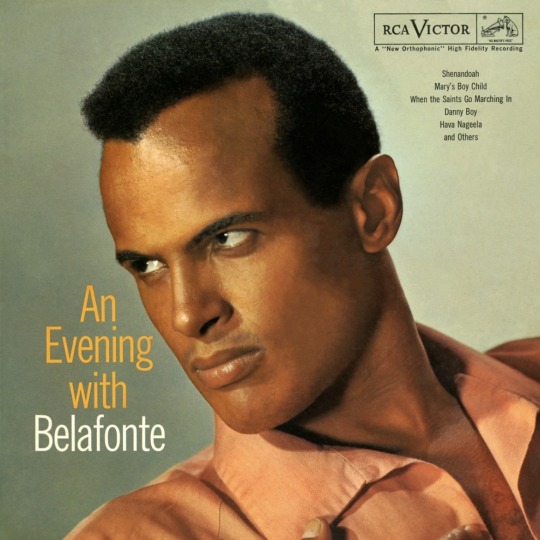
LP cover of Harry Belafonte’s album “An Evening with Belafonte” (1957).
The album featured his version of the Hebrew song “Hava Nageela”.
Its popularity led to Belafonte once referring to himself as “the most popular Jew to America”.
His version of the song is believed to be the most popular, with Belafonte claiming “most Jews in America learned that song from me”. It became a staple at Jewish celebrations, especially weddings.
Belafonte was of Sephardic Jewish, Afro-Jamaican, Dutch, and Scottish descent. Although he was raised Catholic, he honored his Jewish heritage throughout his career, between singing this song at nearly every one of his concerts, and playing the Jewish angel Alexander in the film “The Angel Levine” (1970).
#harry belafonte#music#jewish#jewish culture#jewish heritage#jewish history#jewish music#hebrew#Black Jews#Black culture#Black history#Jamaican Jews#Scottish Jews#Dutch Jews#Caribbean Jews#West Indian Jews#hava nagila#Hava Nageela#pop culture#jewish pop culture
46 notes
·
View notes
Text
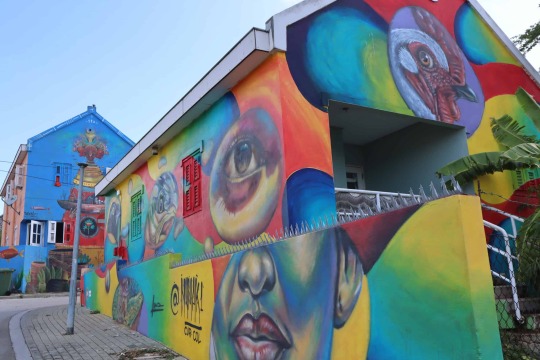
Otrobanda, Curaçao
#otrobanda#Curaçao#south america#caribbean#dutch carribean#dailystreetsnapshots#colorful#travel#street#photography#streets#street art
18 notes
·
View notes
Text

Landscape on the Caribbean Island of Aruba, Dutch Antilles
Dutch vintage postcard
#aruba#vintage#antilles dutch#photography#antilles#postkarte#carte postale#dutch#postal#caribbean#briefkaart#postcard#landscape#old#photo#ansichtskarte#the caribbean island#sepia#postkaart#ephemera#tarjeta#island#historic
18 notes
·
View notes
Text
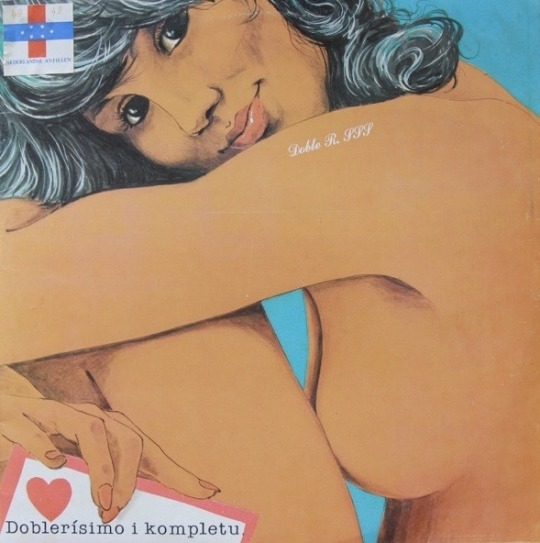
Doblerísimo i kompletu
Doble R. SSS
#doble r sss#doble r#kòrsou#korsou#curaçao#curacao#antiano#salsa#latin music#album cover#vynil#vinilo#música tropical#música#musica#papiamentu#papiamento#abc#dutch caribbean#aruba#bonaire#boneiru
2 notes
·
View notes
Photo
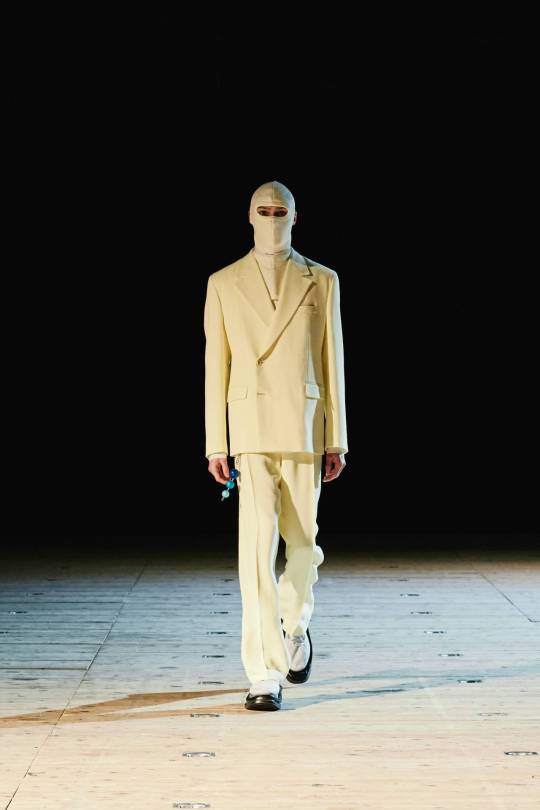
Botter f/w 2021 menswear
Creative Directors Lisi Herrebrugh & Rushemy Botter
Fashion Editor/Stylist Imruh Asha
Makeup Artist Cécile Paravina
Hair Stylist Yann Turchi
Casting Director Maida Boina & Maxime Valentini
Photographer David Paige
Newest Cool on Instagram
#newest cool#newestcool#Rushemy Botter#Lisi Herrebrugh#botter#fw2021#fw 2021#fw 21#fw21#ready to wear#ready to wear collection#menswear collection#balaclava#balaclavas#dutch fashion house#dutch fashion design#dutch fashion designers#caribbean designers#caribbean fashion#Imruh asha#cream suit#Menswear Fashion Week#menswear runway#fall/winter 2021#automne/hiver
36 notes
·
View notes
